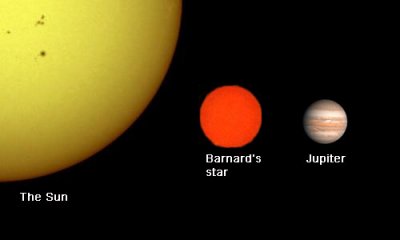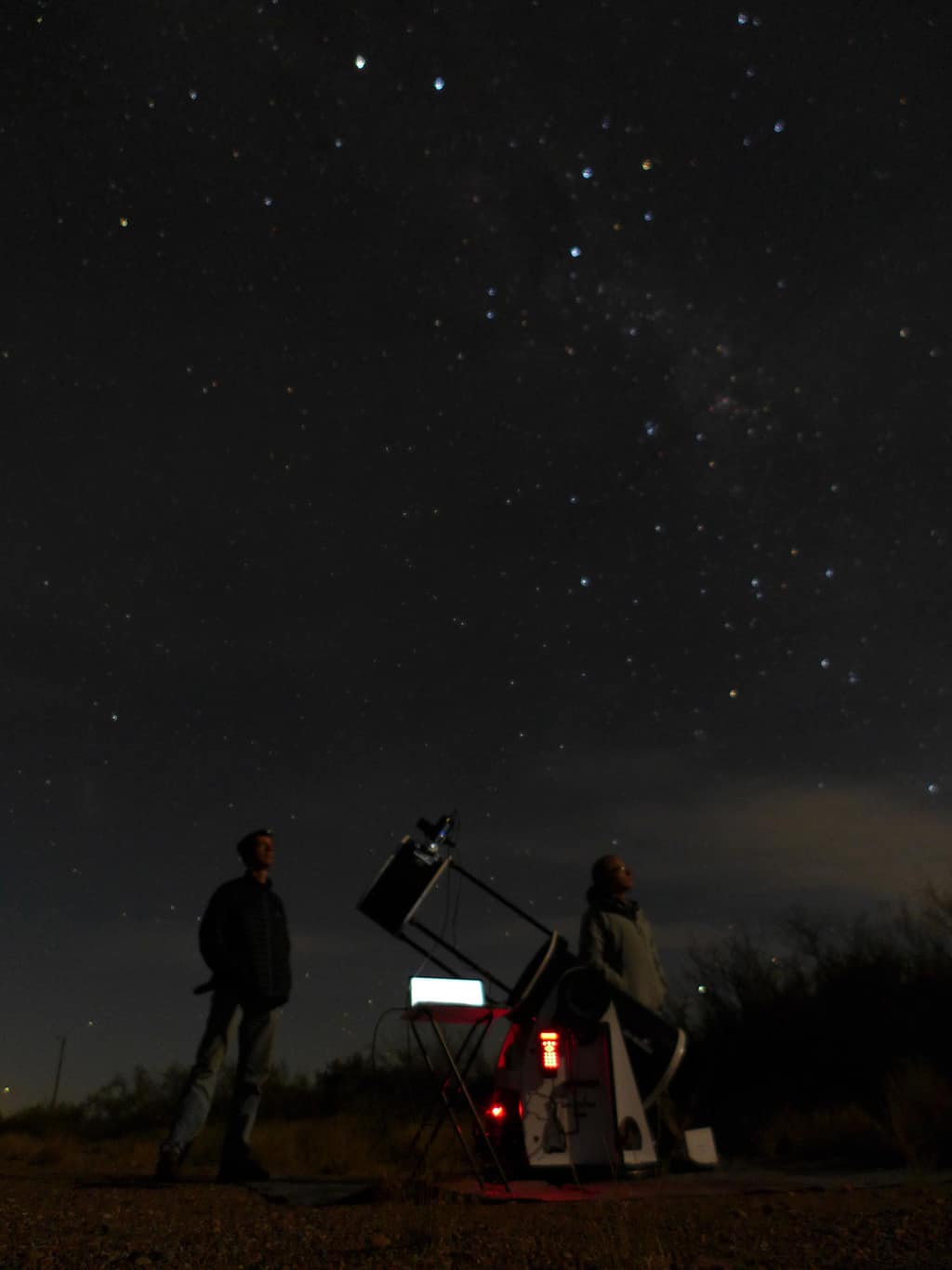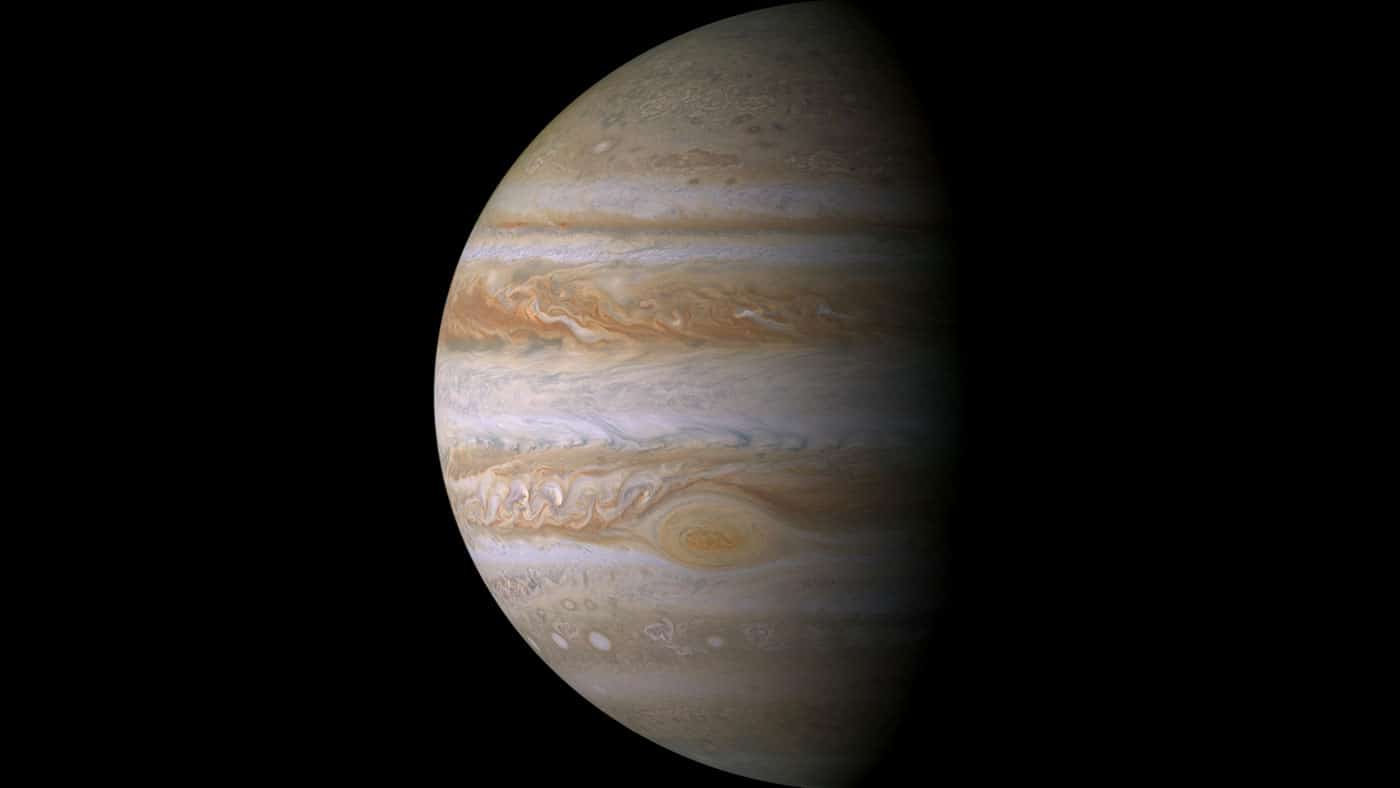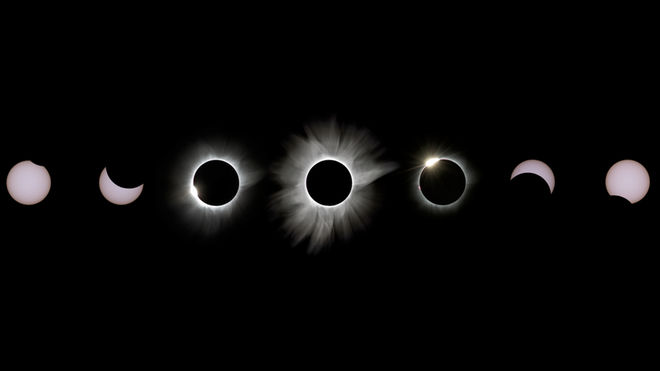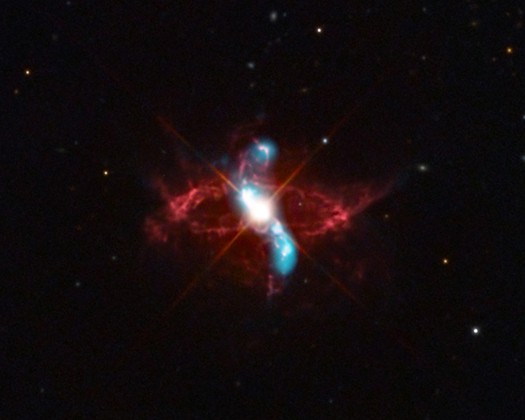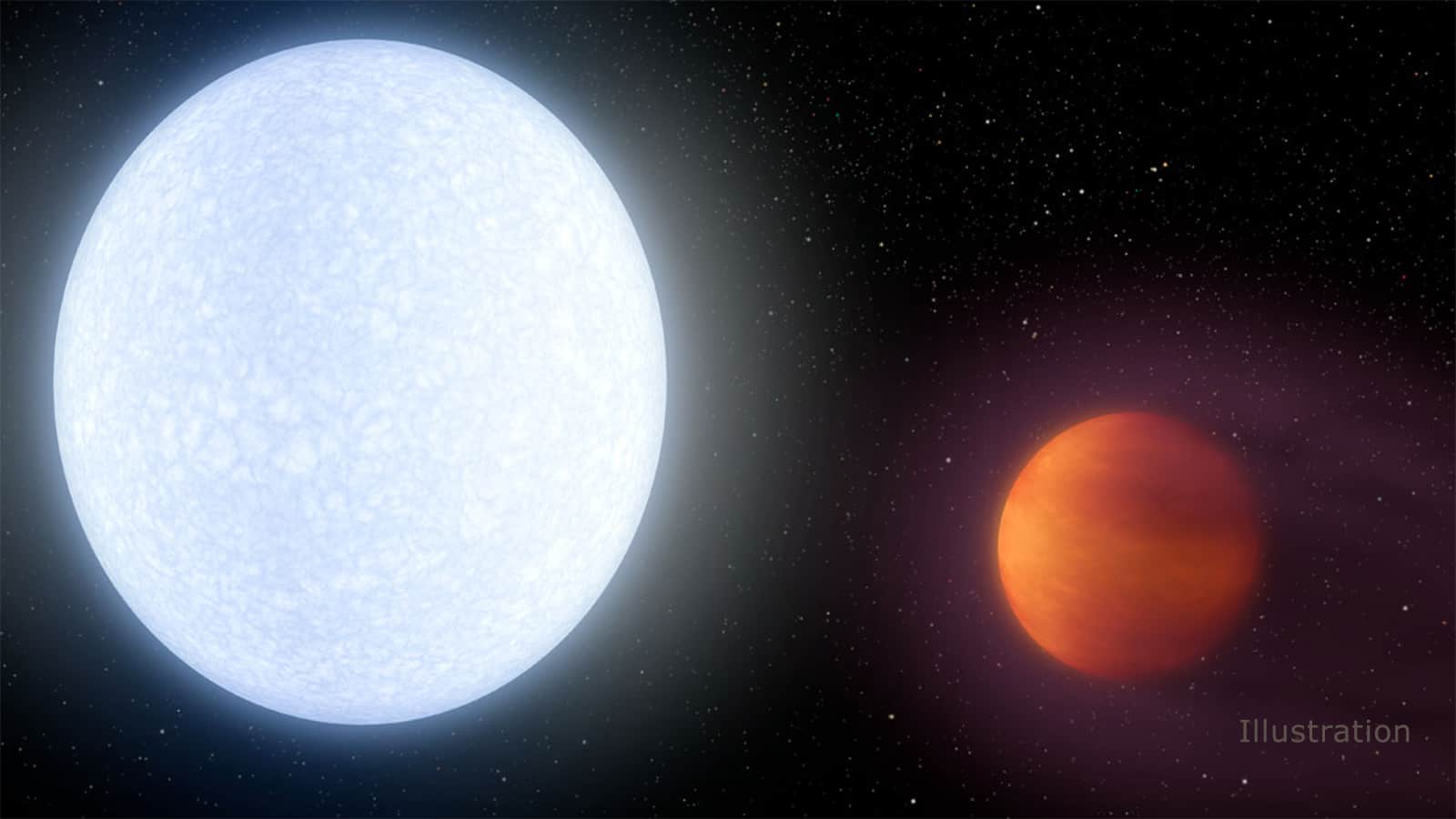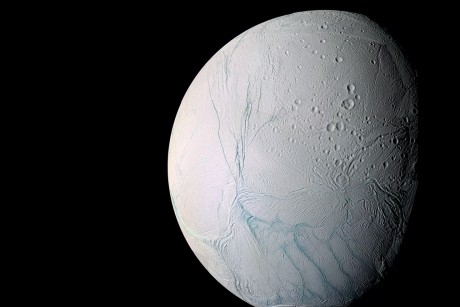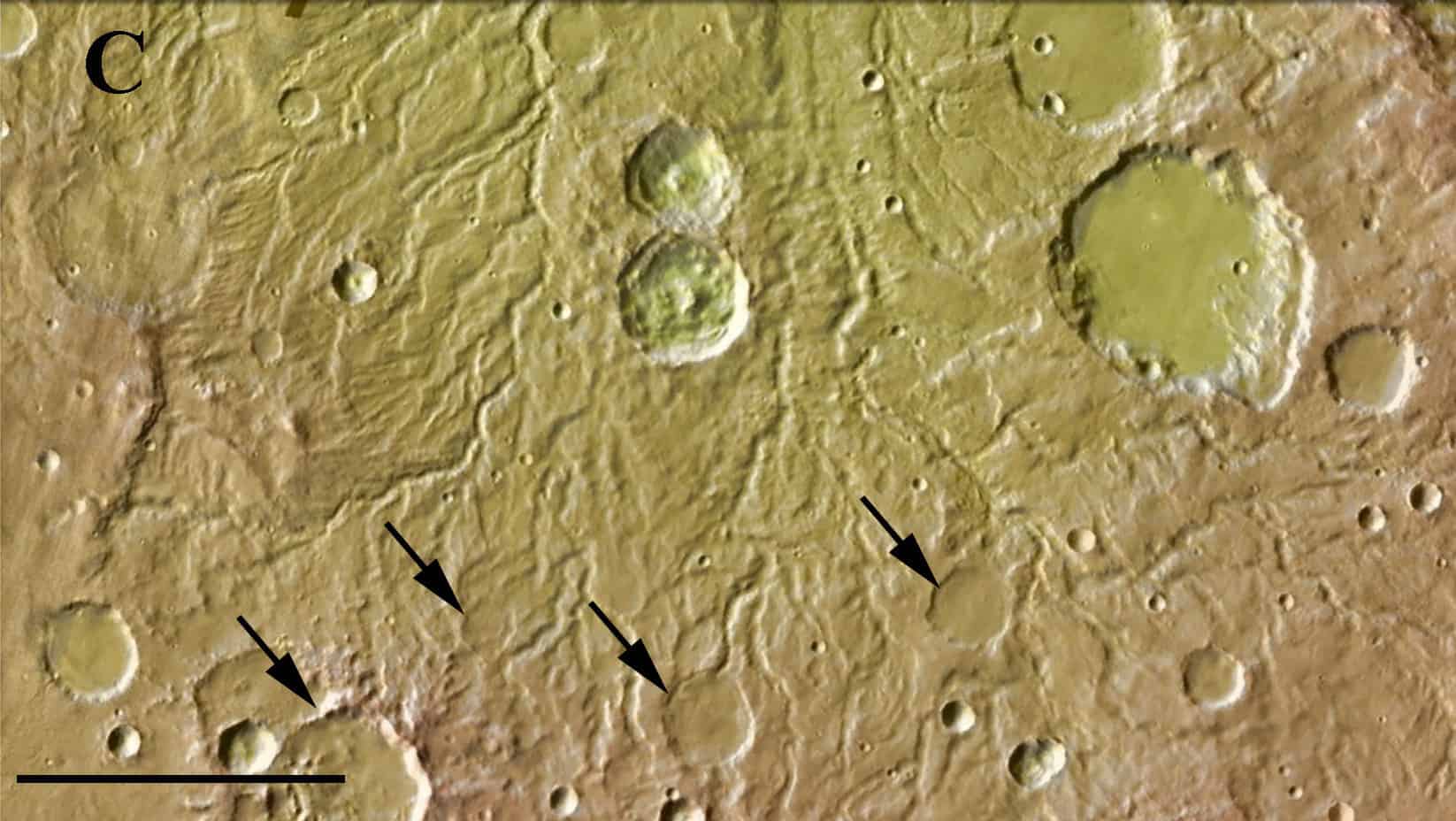Bob Eklund has had a lifelong love affair with the sky, having been raised by a grandfather working at a major astronomical observatory in Wisconsin. For many years he has helped the Mount Wilson Observatory with their public education and outreach programs. Bob is the author of a book of poetry and essays about astronomy, First Star I See Tonight. Following a corporate career as an editor and business communicator, he now assists local residents with their business and personal writing/editing/proofreading needs. See www.bobeklund.com.
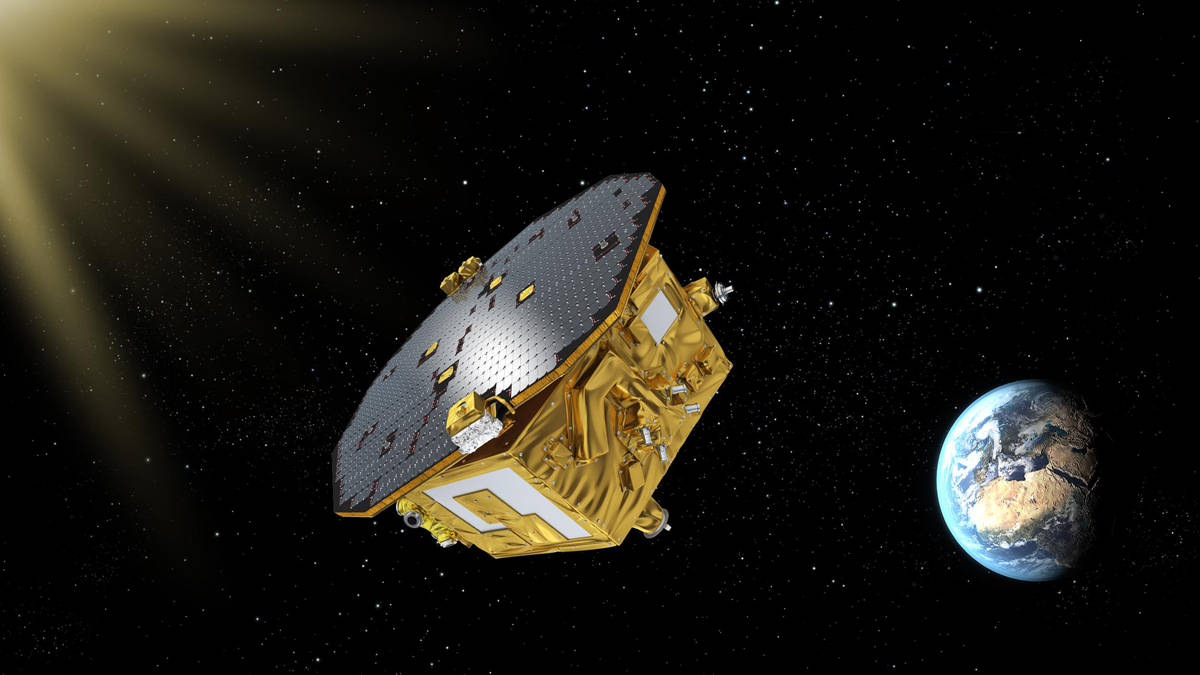
Looking Up – Bob Eklund
With the push of a button, final commands for the European Space Agency’s LISA Pathfinder mission were beamed to space on July 18, a final goodbye before the spacecraft was powered down. LISA Pathfinder had …[READ MORE]

